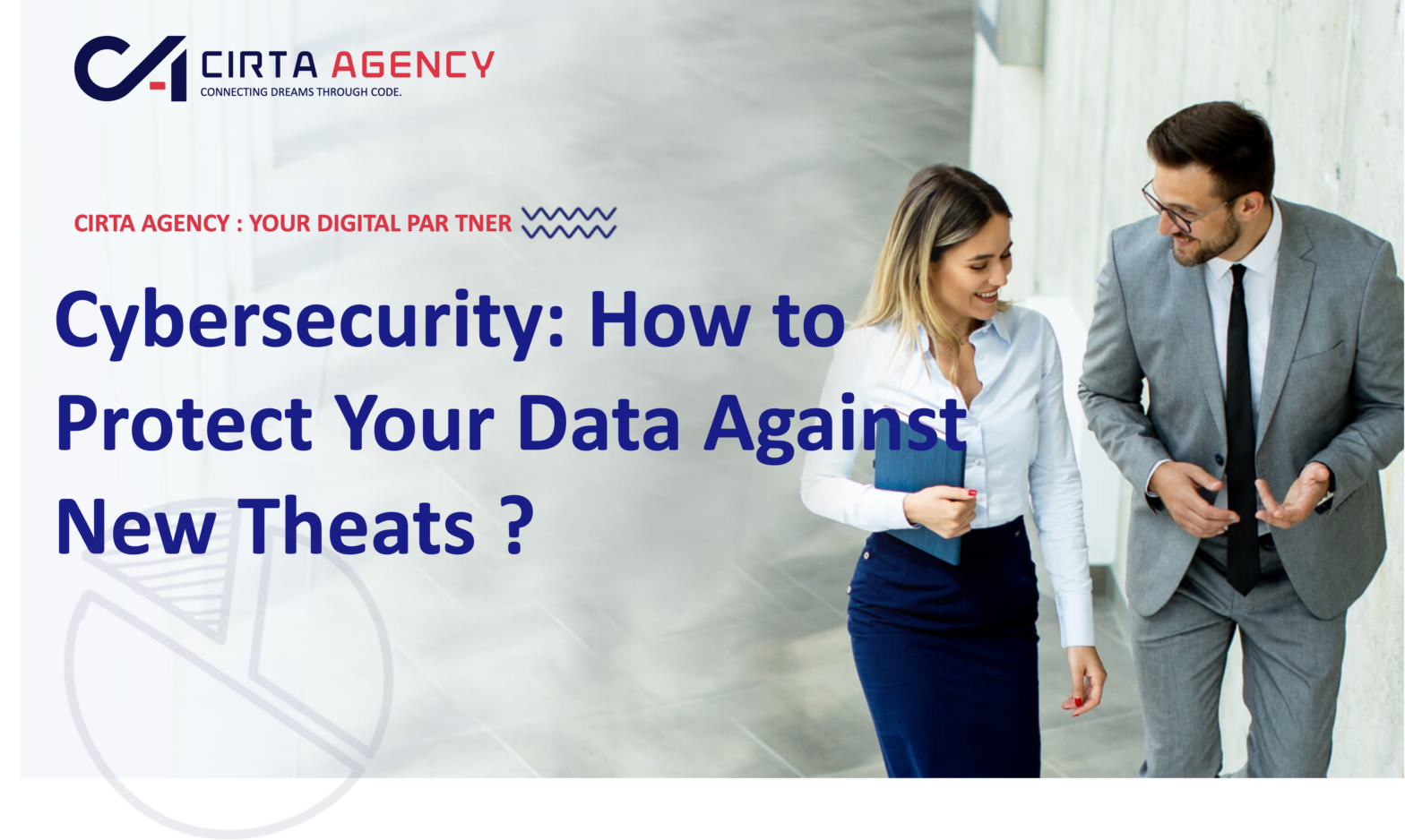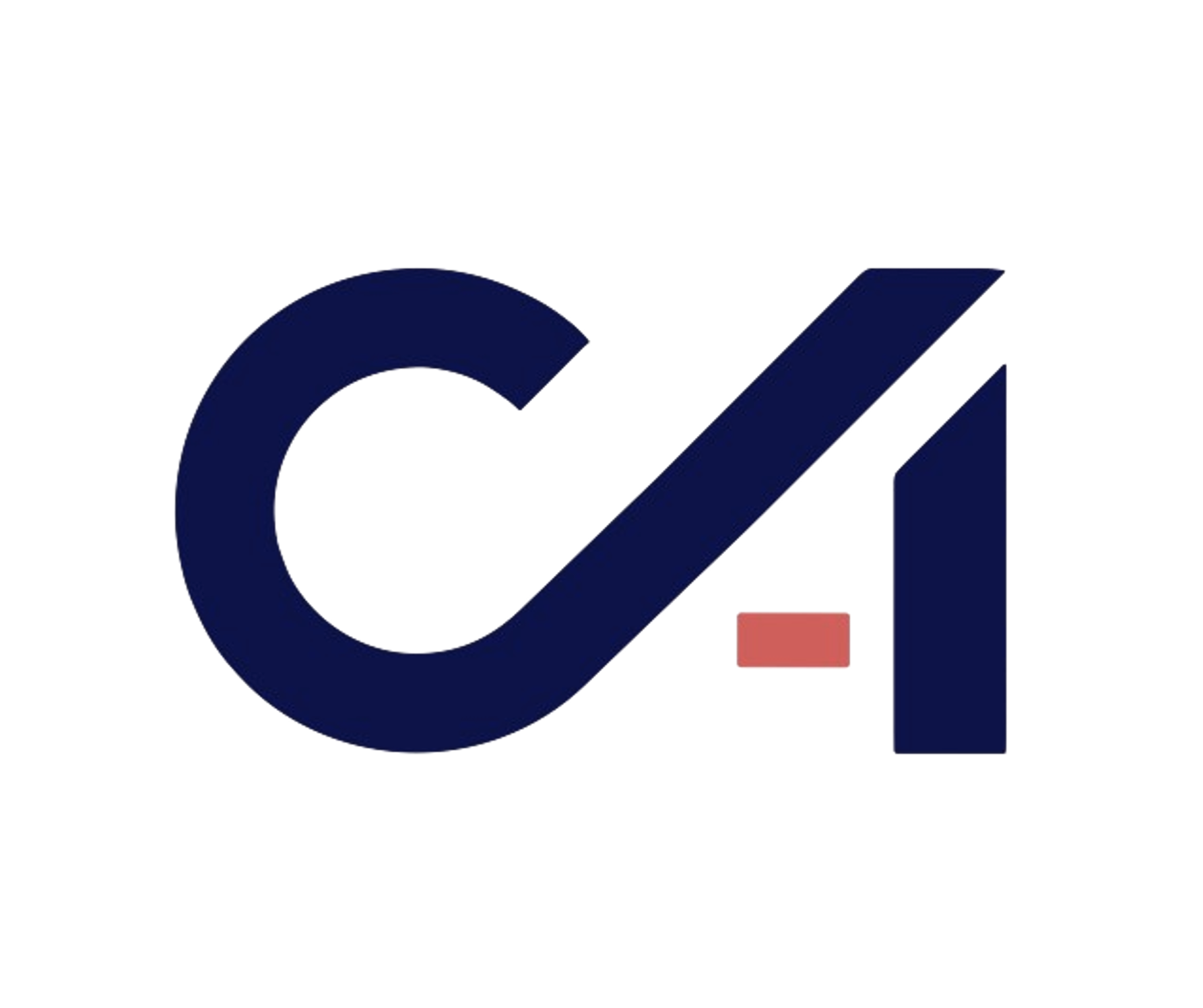
Cybersecurity: How to Protect Your Data Against New Threats?
In an increasingly interconnected world, cybersecurity has become a major concern for businesses and individuals alike. Cyber threats are constantly evolving, and hackers are leveraging advanced technologies to steal sensitive information. Whether you are a large corporation or a regular user, the question is no longer if you will be attacked, but when. So, how can you protect your data against these new threats? Here’s a practical guide to strengthening your information security.
1. Understanding New Threats
Cyberattacks are no longer limited to traditional viruses and malware. Today, hackers use more sophisticated techniques to bypass defenses. Some of the emerging threats include:
– Ransomware Attacks: Cybercriminals encrypt the victim’s data and demand a ransom in exchange for the decryption key. Businesses, hospitals, and even critical infrastructures have fallen victim to such attacks.
– Advanced Phishing: Phishing is becoming increasingly difficult to detect. Cybercriminals craft emails and websites that perfectly mimic legitimate entities to deceive users and steal their login credentials.
– Zero-Day Attacks: These attacks exploit security vulnerabilities that are still unknown to software developers, making it challenging to implement effective protection measures.
– Attacks on Connected Devices (IoT): With the proliferation of connected devices (security cameras, smart thermostats, etc.), cybercriminals have new entry points to infiltrate networks.
2. Implementing Effective Protection Measures
To defend against these threats, it’s crucial to implement robust security measures tailored to the complexity of modern attacks.
a) Regularly Update Software
Most attacks exploit vulnerabilities in outdated systems. By keeping your systems updated, you minimize the risk of security breaches. Ensure that your operating systems, antivirus software, and applications receive the latest security patches.
b) Use Advanced Security Solutions
Traditional antivirus software is no longer sufficient to combat today’s threats. Opt for more comprehensive security solutions, including:
- A firewall to filter incoming and outgoing traffic.
- An intrusion detection and prevention system (IDS/IPS).
- Real-time network monitoring solutions.
c) Train Users
Cybercriminals often target the least informed users. Regular training helps raise awareness among employees or family members about cybersecurity best practices, such as recognizing phishing emails, using strong passwords, and the importance of regularly backing up data.
d) Adopt Multi-Factor Authentication (MFA)
Multi-factor authentication adds an additional layer of security. Even if a hacker obtains a password, it will be difficult to bypass the second level of authentication, such as a code sent to a mobile phone or a fingerprint scan.
e) Encrypt Sensitive Data
Encryption transforms information into an unreadable format without the decryption key. Thus, even if the data is stolen, it remains unusable for cybercriminals.
3. Planning an Incident Response
Despite all preventive measures, no organization is entirely immune to an attack. It is crucial to have an incident response plan in place to minimize damage. This plan should include:
- Incident Identification: Quickly detect any suspicious activity.
- Incident Management: Contain and isolate the threat.
- Eradication and Recovery: Eliminate the threat and restore systems from backups.
- Post-Incident Evaluation: Analyze the incident to understand what happened and strengthen security measures accordingly.
4. Anticipating Future Threats
Cybersecurity is a constantly evolving field. To stay protected, it’s necessary to continuously monitor new threats and adapt strategies accordingly. Here are some trends to watch:
- The Use of Artificial Intelligence (AI): Hackers are increasingly using AI to launch sophisticated attacks, but this same technology can also be used to enhance cybersecurity, such as detecting anomalies or automating responses.
- The Rise of Data Protection Regulations (GDPR, CCPA): Compliance with regulations is not only mandatory but also a good practice to avoid fines and maintain customer trust.
Conclusion
Cybersecurity is an ongoing process that requires constant vigilance. By combining advanced technologies, strict security policies, and increased user awareness, it is possible to effectively protect your data against new threats. Remember, the best defense is a proactive approach and continuous adaptation to the ever-changing cyber landscape.
Investing in cybersecurity today is the best way to avoid catastrophic losses tomorrow. Be prepared, stay vigilant, and don’t wait until it’s too late to act.
Request A Call Back
Effortlessly connect with us. Fill the form, and we'll promptly call you back. Your convenience matters.








